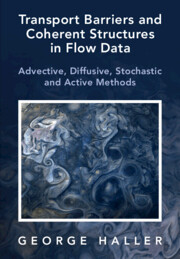Experimental analyses of synthetic jet control (SJC) effects on aerodynamic characteristics of rotor in steady state and in hover were conducted. To ensure the structural strength of rotor and enough interior space for holding the synthetic jet actuators (SJAs), a particular blade with a frame-covering structure was designed and processed, and the experiment was conducted with low free stream velocities and rotor rotation speeds. There were three test conditions. In steady state, there were three free stream velocities (10m/s, 15m/s and 20m/s). In hover state, the rotor was worked with two rotation speeds of 180RPM and 240RPM. In forward flight, the rotor was worked with a rotation speed of 180RPM and a free stream velocity of 7.5m/s. To measure the synthetic jet control effect on rotor in stall, the range of collective pitch was set from 10° to 28° in steady state. The aerodynamic forces and sectional velocity field were measured by using the six-component balance and the Particle Image Velocimetry (PIV) system in the wind tunnel. Flow control effects on the blade based on the synthetic jets (SJ) were experimentally investigated with different jet parameters, such as jet locations, jet angles, and jet velocities. In steady state, the jet closer to the leading edge, and the jet angle of 90° had more advantages in improving the aerodynamic characteristics. Furthermore, the aerodynamic forces and sectional velocity field measurement of rotor in hover were conducted, it showed that SJAs could increase flow velocity at the upper surface, which led to lower upper surface pressure. As a result, the normal forces of rotor with two rotation speeds were increased significantly. These results indicated that the synthetic jet has a capability of increasing the normal force and delaying or preventing the stall of rotor.


